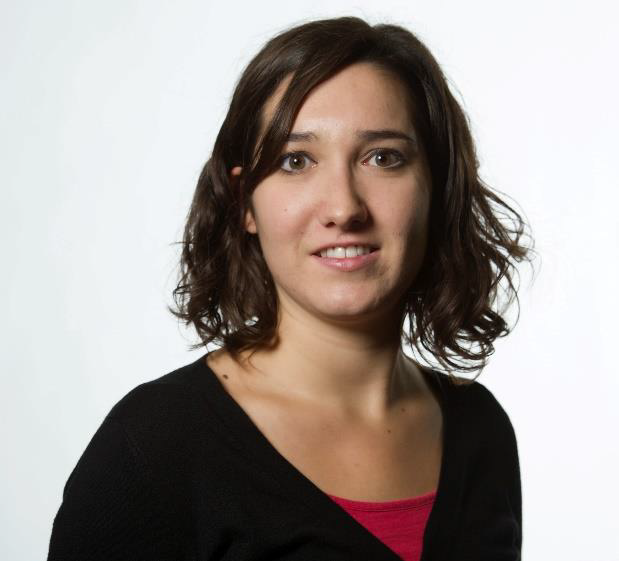
Dr. Laura Bastianini
Research Associate
School of Engineering & Physical Sciences, Institute of Mechanical, Process & Energy Engineering, Heriot-Watt University, Riccarton, UK
Biography
The geological background of Dr Laura Bastianini has allowed her to develop strong training in the areas of carbonate sedimentology and geochemistry, with a focus on the study of microbialites. In 2013 and 2014, she was recruited by the company Total SA to carry out two internships (9 month in total) within the Carbonates department in the Centre Scientifique Jean Féger (Pau, France), one of the most important scientific research centres in Europe. The goal of these projects was sedimentary characterisation of the Upper Jurassic’s source rock carbonate series in the Aquitaine Basin. Given that this subject has received little attention in the scientific literature, she had to obtain new data (portable gamma ray recording) on outcrops of Quercy, in southwest France, during two field campaigns. She performed sedimentology laboratory analyses (thin sections, optical petrography, scanning electron microscope, X-ray diffraction, calcimetry). She also integrated the results from the analysis of organic matter (Rock Eval).
Following this experience, she worked 14 months as a research intern at the University of Aberdeen (School of Geosciences), which is recognized internationally for the quality of its research in the field of Geosciences. The topic of these internships was understanding deposition and diagenesis of terrestrial microbial carbonates (freshwater carbonate) using experimental (hydrochemistry and geochemistry analyses) and petrographic approaches and the study of fluid inclusions of quartz segregations in mylonites of the Oystershell Formation (Moine Thrust Belt, NW Scotland). She then pursued the study of microbial carbonates through her fourth-year PhD program at the University of Hull, in one of the best ranked geology departments in the UK. Her work evaluated how carbonates from anthropogenic alkaline sites in UK are bio-influenced and how trace elements are incorporated into carbonate crystals. This fascinating subject permitted her to approach a range of different disciplines (carbonate sedimentology, biogeochemistry, hydrochemistry, petrography) and to acquire various skills through the use of different techniques. Indeed, she has employed ATR-FTIR and XRD methods to look for transient forms of calcium carbonate (amorphous calcium carbonate, vaterite, ikaite and hydrocalcite) during many field-campaigns in Consett and Brook Bottom. She has assessed the alkalinity of spring water by evaluating three techniques of titrations (Fixed End Point, Inflection Point and Strontium Hydroxyde methods) in terms of repeatability, accuracy and reliability. She has also undertaken the collection of samples and hydrochemical data for subsequent petrographic analyses (Optical microscope and SEM) to study the fortuitous discovery of shrub morphologies in Anthropocene carbonates analogous to the South Atlantic Pre-Salt carbonates.
She also worked as a Graduate Teaching Assistant for 4 years (2017-2021), through which she acquired significant experience in teaching in carbonate sedimentology. In September 2017, she supported several microscopy practicals for first year undergraduate students. In October 2017, she taught first year undergraduate students how to construct geologic cross-sections of an outcrop during a geological field course, as well as how to identify geological structures. In March 2019, she designed a series of workshops, with an emphasis on carbonate sedimentology, to improve a geological field course (Cyprus) for third year undergraduate students. Furthermore, she assessed presentations on the geological history of Cyprus delivered by the students during the field course. In May 2019, she designed and delivered two lectures to a group of third-year undergraduate students on sequence stratigraphy and the basics of geological field-sketches. In 2020-2021, she designed the evaluation of a petroleum geological report by providing a rubric with the different criterion of marking. All this teaching experience benefited from her familiarity with the field areas as well as her previous work at Total and the University of Aberdeen.
Roles & Responsibilities
Research interests
Laura’s main research areas are Carbon capture technology, Enhanced weathering, Aqueous Geochemistry, Carbonate Sedimentology, Microbialites.
